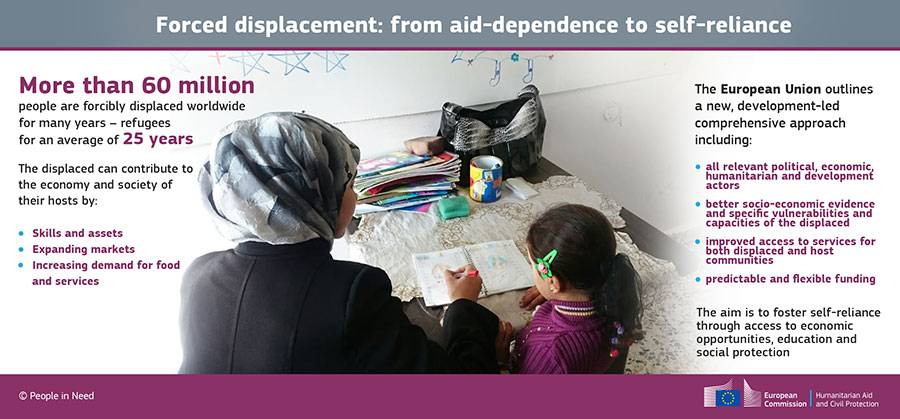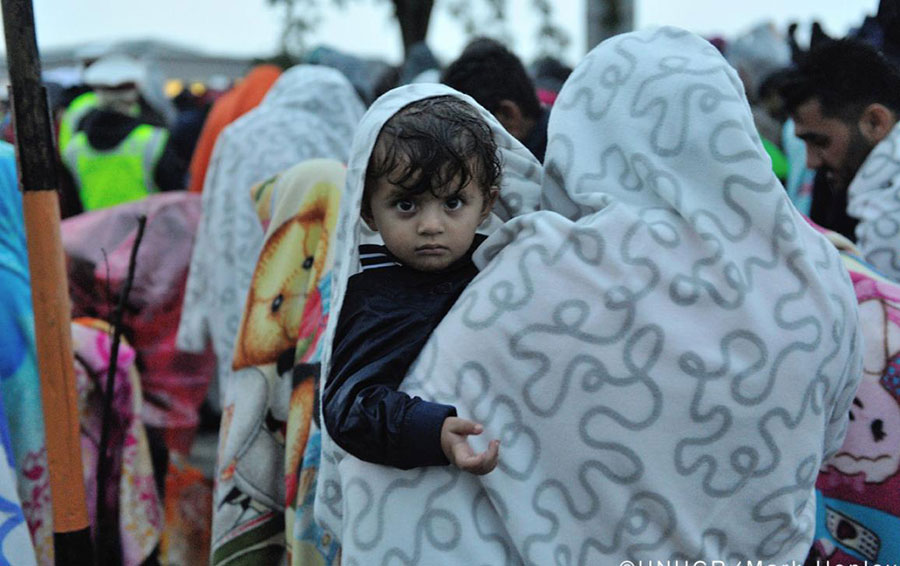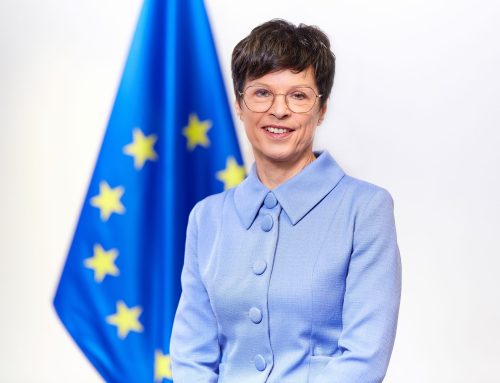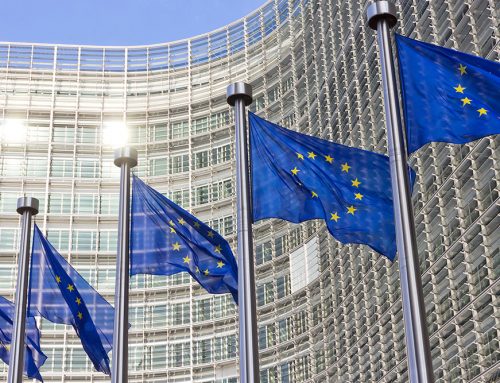Each year millions of people are forced to leave their homes and seek refuge from conflicts, violence, human rights violations, persecution and natural disasters. The number of forcibly displaced persons has continued to rise throughout 2015 and 2016, calling for increased humanitarian assistance worldwide. Up to 84% of the forcibly displaced find refuge among people who already struggle with poverty in low- and middle-income countries. Their survival depends on the availability of assistance provided by local communities and international organisations.
Over 65.6 million people worldwide are in need of protection and assistance as a consequence of forced displacement. Forcibly displaced populations include refugees, internally displaced persons (IDPs) and asylum-seekers. Globally in 2017, over 40.3 million people are internally displaced as a result of conflict (source: IDMC 2016 Global Overview Report), while 22.5 million are refugees and 2.8 million are asylum-seekers (source: UNHCR 2016 Global Trends Report). An estimated 31.1 million people were internally displaced in 2016 alone due to conflicts and natural disasters; this is the equivalent of one displaced person every second. 51% of the global refugee population are children under 18 – the highest proportion in a decade.
Finding durable solutions for the forcibly displaced is a challenge. Voluntary repatriation to their home countries is the preferred long-term outcome for refugees; but the lack of political solutions to conflicts prevents many from doing so. Forced displacement is no longer a temporary phenomenon; it lasts on average 20 years for refugees and more than 10 years for 90% of IDPs.
Those who are internally displaced also face challenges in terms of protection, access to shelter, food and other basic services. Both refugees and IDPs in urban areas struggle with poverty, lack of psycho-social support and difficulties in normalising their status. Violence, abuse and exploitation against them often peak in the aftermath of new emergencies.
Each year on 20 June, the world focuses on the plight of all people who are forced to flee their homes. World Refugee Day has been a significant event since 2001, when the UN General Assembly designated it on the occasion of the 50th anniversary of the United Nations Convention relating to the Status of Refugees.
A development-led approach to forced displacement
In April 2016, the European Commission adopted the Communication ‘Lives in Dignity: from Aid-dependence to Self-reliance. Forced Displacement and Development’, outlining a new development-led approach to forced displacement. The EU’s objective is to strengthen the resilience and self-reliance of both the displaced and their host communities through a multi-actor approach from the outset of displacement crises. Its focus is on working with host governments, at the national and local level, towards the gradual socio-economic inclusion of refugees and IDPs. The new approach, applied in practice through joint analysis and programming, aims to harness the productive capacities of refugees and IDPs by helping them to access education, housing, land, livelihoods and services.
The European Union’s Humanitarian Response
 In 2016, EU Civil Protection and Humanitarian Aid gave more than €1972 million, or some 87% of its annual budget, to projects helping the forcibly displaced and their host communities in 56 countries (Turkey, Greece, Syria, Iraq and South Sudan being the top 5). This helps to:
In 2016, EU Civil Protection and Humanitarian Aid gave more than €1972 million, or some 87% of its annual budget, to projects helping the forcibly displaced and their host communities in 56 countries (Turkey, Greece, Syria, Iraq and South Sudan being the top 5). This helps to:
- meet the most pressing needs of these extremely vulnerable populations
- protect and support displaced people during their displacement and when returning to their homes
- increase the self-reliance of displaced people and reduce their dependency on aid
The Commission’s assistance to the forcibly displaced is making a difference in the lives of many: Syrian refugees in Jordan, Lebanon, Turkey, Iraq and Greece; Afghan refugees in Iran and Pakistan; Somali refugees in Kenya; Congolese refugees in the Great Lakes region; Palestinian refugees; Myanmar refugees in Thailand; Rohingya refugees in Bangladesh; and Sahrawi refugees in Algeria. Vulnerable internally displaced people are equally targeted by Commission assistance, particularly in Syria, Colombia, South Sudan, Iraq and Yemen.
The Commission channels its financial support to forced displacement situations through organisations dealing with refugees, IDPs, vulnerable migrants and (in some cases) host communities. Its main partners include UNHCR, the International Organization for Migration (IOM), the Red Cross and Red Crescent movement and non-governmental organisations (NGOs).
Finally, the European Commission has an important role in advocating for and enabling durable solutions for refugees and IDPs, especially with regards to fulfilling their right of return to their countries of origin. The EU recognises that meeting the needs of refugees and IDPs requires targeted humanitarian aid combined with sustainable development assistance. Together with its partners, the EU also advocates for the full recognition of the new opportunities and benefits for national and local economies which forcibly displaced people can create.



